Astronomers used radio telescopes to estimate the temperature of molten rock on Io, the most volcanically active world in the solar system.



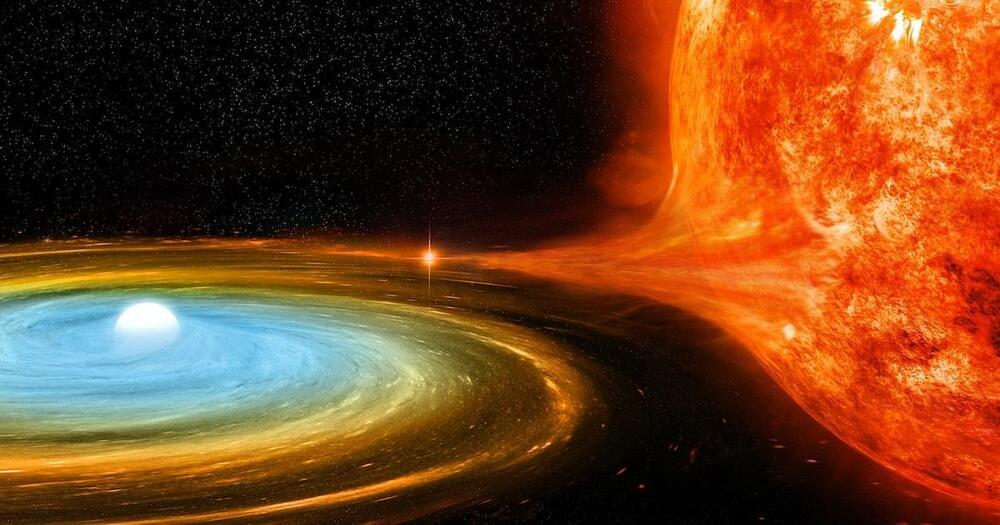
That’s because as a white dwarf draws material away from its hydrogen-burning partner, the stolen gas follows the star’s magnetic field lines in a big, curving arc toward its new home. And in the process, it drains energy from the stars’ whirling dance (so do the gravitational waves produced by their rotation). When that happens, both stars fall toward the shared center of gravity they’re orbiting. Closer orbits also mean shorter orbits, so it takes the stars less time to complete a single lap.
And the closer the stars get, the stronger the gravitational waves they produce, which drains away more energy, so they fall even closer together. By the time they’re close enough to complete an orbit in just a handful of minutes, the donor star has usually run out of hydrogen. That’s why the really close, fast-orbiting cataclysmic binaries tend to be a white dwarf and a helium-burning star.
The massive launch system will carry a mysterious U.S. Space Force payload to a high-altitude geosynchronous orbit.
It’s been a while since SpaceX launched Falcon Heavy to orbit. A string of payload delays has stopped the heavy-duty rocket from hitting the launch pad since the summer of 2019.
Now though, as per a report from SpaceFlightNow, a military spokesperson has announced Falcon Heavy may finally fly again as soon as October 28 from Kennedy Space Center in Florida. The 28-engine rocket, SpaceX’s most powerful operational launch system, will lift a delayed national security mission for the U.S. Space Force.
SpaceX’s Falcon Heavy will finally fly again.
SpaceX could finally launch Falcon Heavy again this month after a three-year hiatus. The massive launch system will carry a mysterious U.S. Space Force payload to a high-altitude geosynchronous orbit.
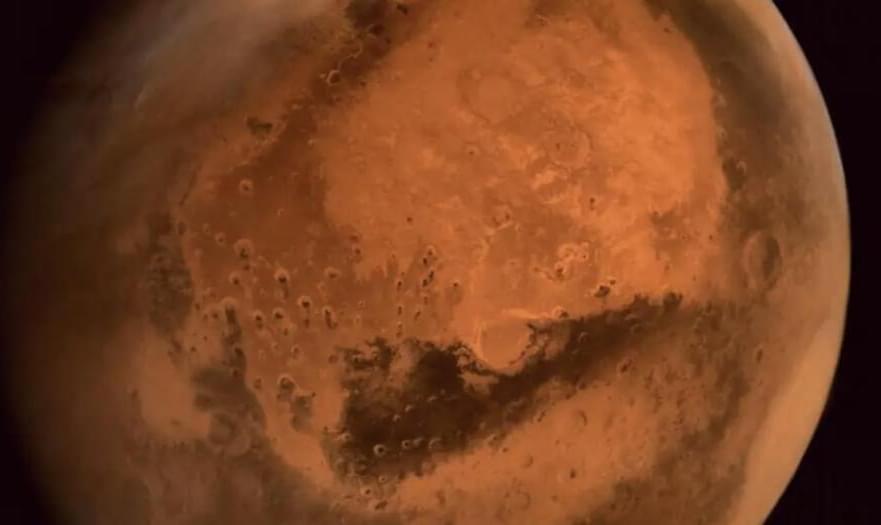
India’s Mars Orbiter Mission, known as MOM, has ended after eight years – even though it was designed for a six-month lifespan, the Indian Space Research Organization announced this week.
The Mars orbiter launched on Nov. 5, 2013 and made it into orbit about 10 months later. It was an enormous feat to have reached Mars’ orbit successfully in the first attempt, Dr. K. Radhakrishnan, a member of India’s space commission, said during an address Monday.
In 2014, more than half of the world’s attempts at such a mission – 23 out of 41 – had failed, according to the Associated Press. The U.S. was successful with a Mars flyby in 1964, when a spacecraft called Mariner 4 returned with 21 images of the surface of the planet. Other successful missions include the Soviet Union’s in 1971 and the European Space Agency’s in 2003.
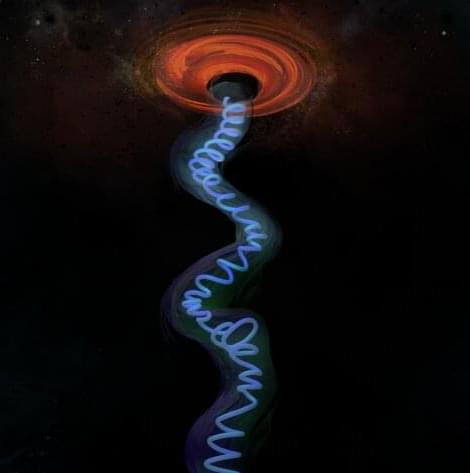
A team of 86 scientists from 13 countries recently carried out extensive high-time resolution optical monitoring of a distant active galaxy, BL Lacertae (BL Lac). Mike Joner, BYU research professor of physics and astronomy, was one of the astronomers contributing to the project.
Dr. Joner and BYU undergraduate student Gilvan Apolonio secured over 200 observations of the galaxy using the 0.9-meter reflecting telescope at the BYU West Mountain Observatory. Their measurements were combined with observations made by other scientists around the world in a collaboration known as the Whole Earth Blazar Telescope (WEBT). The WEBT network makes it possible to monitor objects around the clock from different locations during times of high variability.
Using the WEBT observations made in the summer of 2020, astronomers discovered surprisingly rapid oscillations of brightness in the central jet of the galaxy BL Lac. The scientists attribute these cycles of brightness change to twists in the jet’s magnetic field. Their study was recently published in Nature.
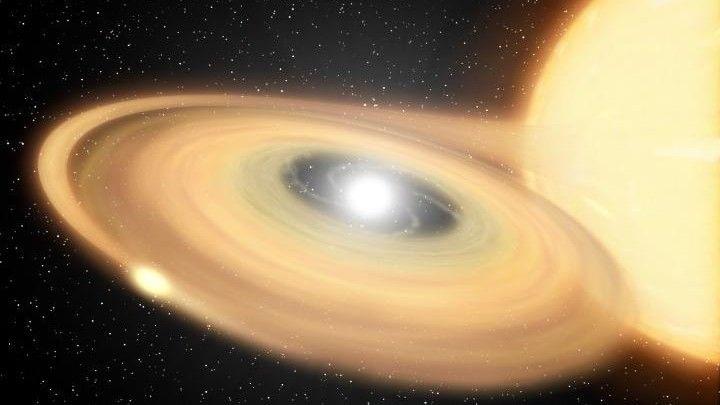
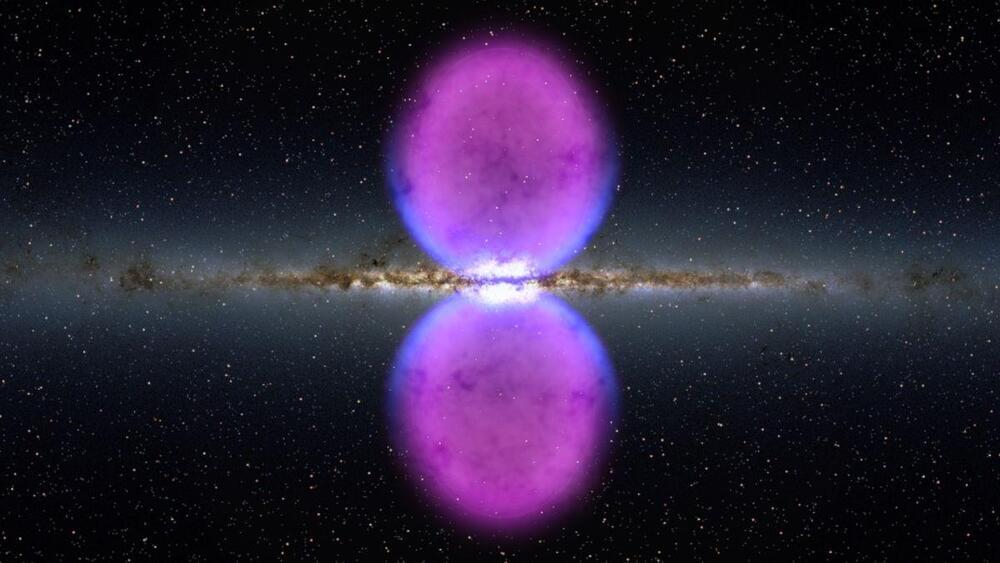
This article was originally published at The Conversation. (opens in new tab) The publication contributed the article to Space.com’s Expert Voices: Op-Ed & Insights.
A glowing blob known as “the cocoon,” which appears to be inside one of the enormous gamma-ray emanations from the center of our galaxy dubbed the “Fermi bubbles,” has puzzled astronomers since it was discovered in 2012.
A NASA X-ray spacecraft delivers new dimensions to the first images from the Webb telescope.
Images touch people in a way that words cannot. The unprecedented clarity of the Webb telescope’s first scientific images dazzled people across the world when they became public on July 12, 2022. Three months later, the team working on NASA’s Chandra X-Ray Observatory released new images of the same target objects: Stephan’s Quintet, galaxy cluster SMACS 0723.3–7327, and the “Cosmic Cliffs” of the Carina Nebula. An image that Webb later took of the Cartwheel Galaxy also got an update. All these visuals add more “turbulent” information about these structures and give the originals a whole new dimension.
The full set of images is available here. To appreciate the new data, Inverse set some of them side by side with their corresponding original image.
Chandra launched in 1999 and is named after Indian-American Nobel laureate Subrahmanyan Chandrasekhar. The new images became public the same day the 2022 Nobel Prize in Physics, which highlighted achievements in quantum entanglement, were announced, coincidentally.
